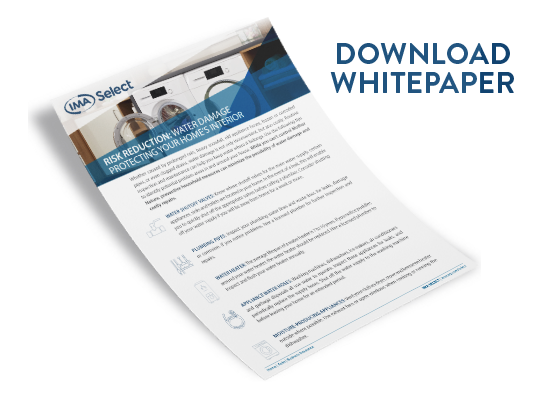Water Damage: Protecting Your Home
OVERVIEW
At IMA Select, we look for ways to do more, like helping you prevent issues from happening in the first place. As colder weather approaches, you can use these simple, proactive steps to help minimize the potential for water damage and keep your home protected.
Whether caused by prolonged rain, heavy snowfall, old appliance hoses, frozen or corroded pipes, or even clogged drains, water damage is not only inconvenient, but also costly. Routine inspection and maintenance can help you keep water where it belongs. Use the following tips to identify potential problem areas in and around your house.
While you can’t control Mother Nature, preventive household measures can minimize the possibility of water damage and costly repairs.
RISK REDUCTION: WATER DAMAGE PROTECTING YOUR HOME’S INTERIOR

WATER SHUTOFF VALVES:Know where shutoff valves for the main water supply, certain appliances, sinks and toilets are located in your home. In the event of a leak, this will enable you to quickly shut off the appropriate valves before calling a plumber. Consider shutting off your water supply if you will be away from home for a week or more.
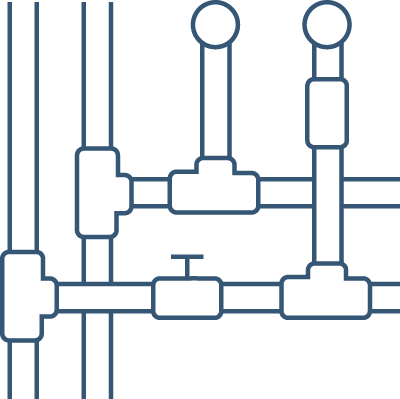
PLUMBING PIPES: Inspect your plumbing water lines and waste lines for leaks, damage or corrosion. If you notice problems, hire a licensed plumber for further inspection and repairs.

WATER HEATER: The average lifespan of a water heater is 7 to 10 years. If you notice puddles around your water heater, the water heater should be replaced. Hire a licensed plumber to inspect and flush your water heater annually.
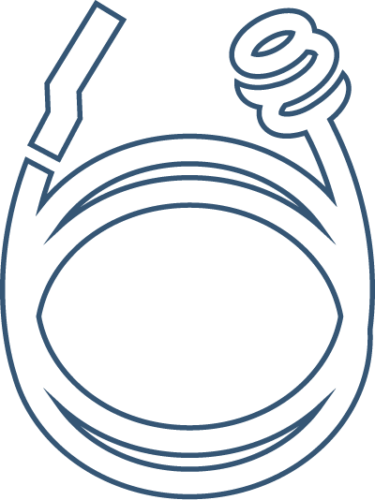
APPLIANCE WATER HOSES: Washing machines, dishwashers, ice makers, air conditioners and garbage disposals all use water to operate. Inspect these appliances for leaks, and periodically replace the supply hoses. Shut off the water supply to the washing machine before leaving your home for an extended period
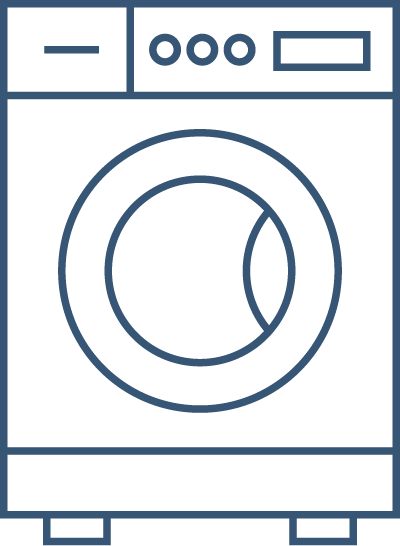
MOISTURE-PRODUCING APPLIANCES: Vent your clothes dryer, stove and kerosene heater outside where possible. Use exhaust fans or open windows when cooking or running the dishwasher.
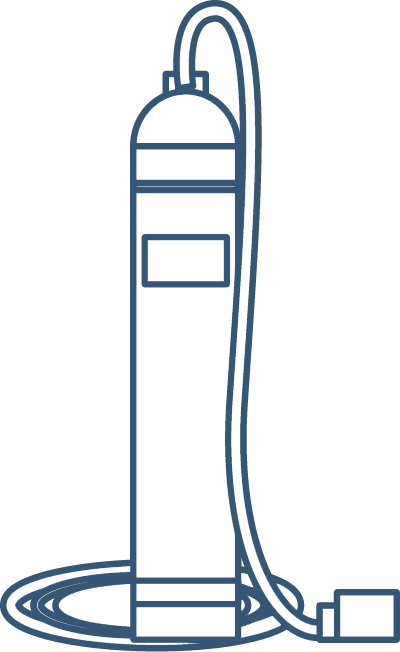
SUMP PUMPS: If your basement is prone to leaks or flooding, a sump pump is the best defense. It’s important to keep it well maintained and tested regularly. Most sump pumps last about 10 years. Follow the manufacturer’s suggestions for testing and optimal operation. The areas around the pump should be clear of debris. A battery backup is recommended to ensure proper operation during power outages.
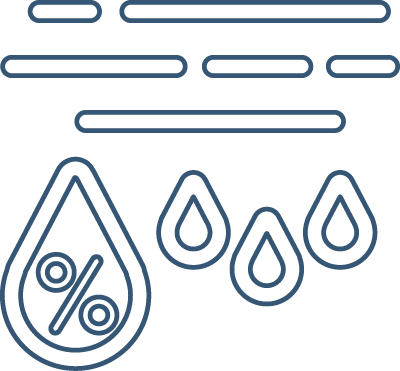
HUMISTAT: Keep indoor moisture low (ideally between 30% and 50% relative humidity). Consider purchasing an inexpensive humidity meter, available at the hardware store.

AIR CONDITIONERS: Keep drip pans clean and the drain lines unobstructed and flowing properly.
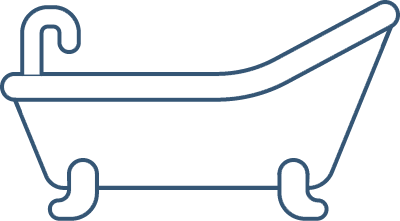
BATHROOMS: Check caulking around tubs and shower stalls to ensure that a watertight seal is maintained. To reduce moisture, use an exhaust fan or open a window while showering.

BASEMENT: Periodically inspect your foundation walls and floors for cracks that might allow water seepage, especially if you live in an older home or an area with poor soil drainage. Avoid storing valuables in your basement. For household supplies and other inexpensive items, use storage racks or shelves to elevate items several inches above the floor.

ATTICS: Ensure there is adequate ventilation in all attics and overhang areas to prevent leaks.
RISK REDUCTION: WATER DAMAGE PROTECTING YOUR HOME’S EXTERIOR

ROOF: Know where shutoff valves for the main water supply, certain appliances, sinks and toilets are located in your home. In the event of a leak, this will enable you to quickly shut off the appropriate valves before calling a plumber. Consider shutting off your water supply if you will be away from home for a week or more.

ROOF FLASHING is located at the intersection of all roof and wall lines, as well as along chimneys and roof valleys. Flashings may separate from adjacent surfaces and allow water to leak inside. A licensed roofer can inspect these areas and make necessary repairs.

ICE DAMMING: If you live in a cold climate, ice may form under snow that accumulates on the roof and overhangs. This can cause water to back up and leak into your attic and home. To prevent this, be sure there is adequate ventilation in all attic and overhang areas.
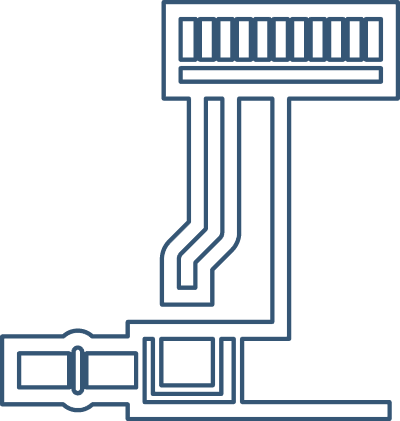
GUTTER/DOWNSPOUTS: If you live in a wooded area, falling leaves may clog the gutters and lead to water backup that could damage your exterior siding. In late fall, have all gutters and downspouts cleared of leaves and debris.
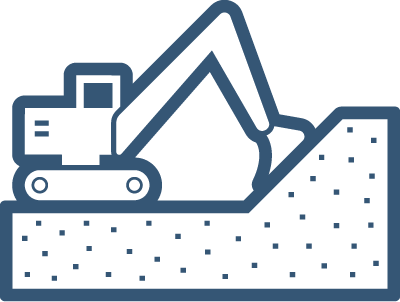
GRADE OF PROPERTY: Soil should be graded from the foundation so that water flows away from the house during heavy rain or snow.

OUTDOOR HOSES: Turn off exterior hose bibs during the winter or if you will be away from home for a long time.

WINDOW WELLS: Check basement window wells to ensure that they are clear of leaves and other debris. Consider installing window well covers.
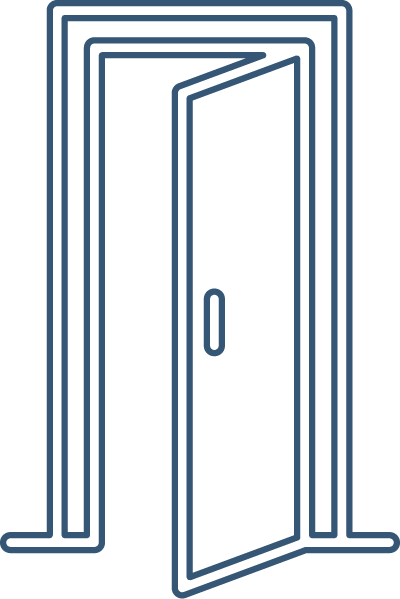
WINDOWS/DOORS: Inspect windows and exterior doors for proper caulking and weather stripping.
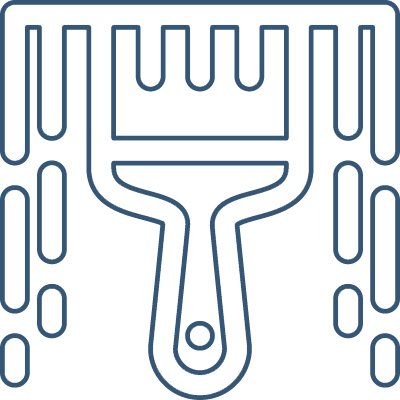
EXTERIOR PAINT/SIDING: Periodically check for peeling and cracking.
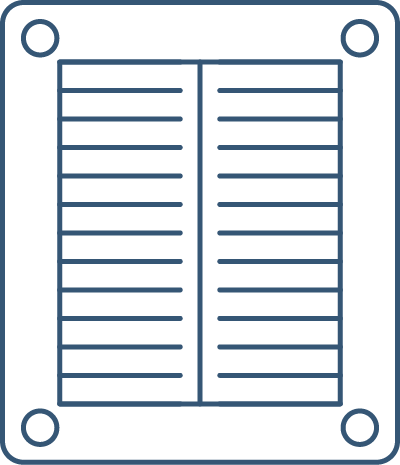
EXTERIOR DRAINS: Regularly remove leaves and other debris from exterior patio drains.
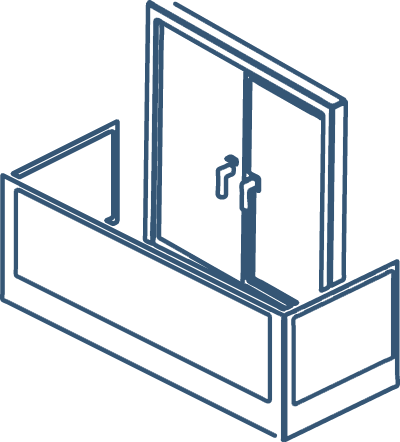
TERRACES/BALCONIES: Regularly inspect terraces and balconies. Old or inferior flashing at the intersection of an outdoor terrace or balcony, located above a living area with a vertical exterior wall, can cause water leakage during heavy rain or wind.
Have questions? Want to know more?
Reach out! At IMA, we’re here to help safeguard your future!
